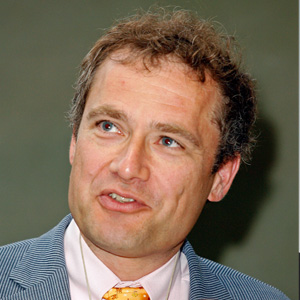Welcome

President
Sadayoshi Ito
Tohoku University
Graduate School of Medicine,
Sendai JAPAN

Co-Chair
Jan Danser
Erasmus Medical Center, Rotterdam,
The Netherlands
Renin-angiotensin-aldosterone system (RAAS) blockers are the cornerstone of the treatment of cardiovascular diseases such as hypertension, heart failure and nephropathy. However, despite the existence of 4 types of RAAS blockers (renin inhibitors, ACE inhibitors, AT1 receptor antagonists and mineralocorticoid receptor antagonists), these drugs are not effective in all patients, and often so-called breakthrough mechanisms occur, allowing angiotensin II and/or aldosterone to re-appear. To overcome this problem, combinations of various RAAS blockers have been evaluated, but in most cases this has led to more side effects.
Consequently, there is an urgent need for new approaches to target the system, possibly in combination with blockade of other systems. One such approach is the recent introduction of combined AT1 receptor/neprilysin inhibitors (ARNI), which is already yielded promising results in heart failure. Alternative RAAS targets are the AT2 receptor, the ACE2-angiotensin-(1-7)-Mas receptor pathway, chymase and the AT4 receptor. The (pro)renin receptor, initially thought to be a major regulator of tissue RAAS activity, is now believed to act largely RAAS-independently. Moreover, recent investigations reveal a range of unanticipated extrarenal effects of aldosterone, as well as a detailed insight in to the genetic causes of primary aldosteronism. Perhaps not surprisingly therefore, mineralocorticoid receptor antagonists are now an important treatment option for resistant hypertension.
A 2-day RAAS symposium in Tokyo, scheduled immediately prior to the 26th meeting of the International Society of Hypertension (ISH) in Seoul, will address the above topics in a concise manner. Invited speakers are recognized RAAS experts from all over the world.
We invite you to join us in Tokyo on your way to the ISH meeting. We also encourage you to submit abstracts for poster or oral presentation during the symposium. Finally, please note that there will be an exciting Japanese-style evening program on both evenings of the meeting.
We look forward to welcoming you in Japan in September 2016!




